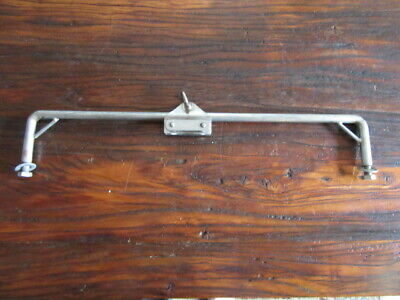i enjoyed reading this. all correct for some/most set ups on most vessels today.My good friends for many years on the SAIL TRIM FORUM - Stu & Joe from San Diego - have given the straight scoop on the traveler. I'll just add a piece I've outlined a million times on the forum and at sail trim seminars. ALL the traveler adjusts is the ANGLE OF ATTACK. It does not change the shape of the sail and has nothing to do with twist, draft depth or draft position.
You have to understand ANGLE OF ATTACK to understand the function of the traveler. Here's the example I use which doesn't describe angle of attack but explains how the traveler functions. Picture a screen door with a pin in the bottom corner that rides in a groove in the floor. Does the shape of the screen door change when you open and close the door? Obviously it doesn't and neither does the shape of the mainsail when you move the traveler. The shape doesn't change and here's how I use it to depower or increase the power of the boat. Say you're hit by a gust and the boat is starting to be over powered. You could use the mainsheet and if you don't have a traveler that's your option or you could use the boom vang to induce twist (spill air out of the top of the sail) but the easiest thing to do is don't touch those controls and merely drop the traveler. The boat will come back on it's feet and as soon as the gust passes you re set the traveler to it's original position and sail on your way.
with my beautiful, sitka spruce, 60's design, roller reefing boom i do not have a boom vang that attaches to the boom. i have a strap that goes over the boom and down to a pad eye on the deck using a block and tackle. hence i can and do use the different angles of attack by using the traveler to shape the sail when close hauled. with every change of the sheet the boom vang has to be readjusted. when close hauled it is easier the shape the sail with the angle of attack.
also, my dorades would be in the way if i were to convert to a modern boom vang setup. plus the boom is just too pretty to change change to more modern setup.
i never use the roller reefing, ever. if it's blowing that hard i just go jib and jigger


